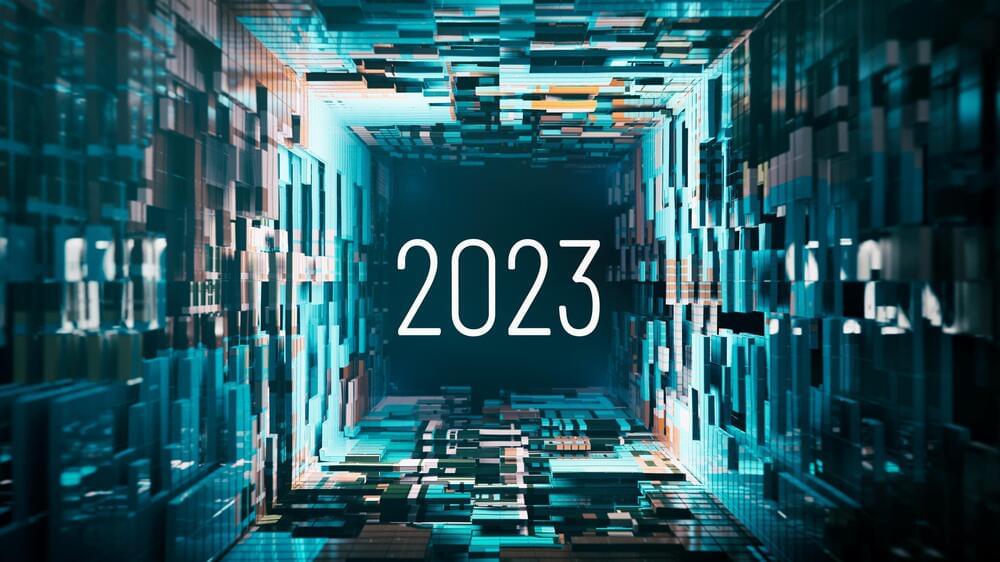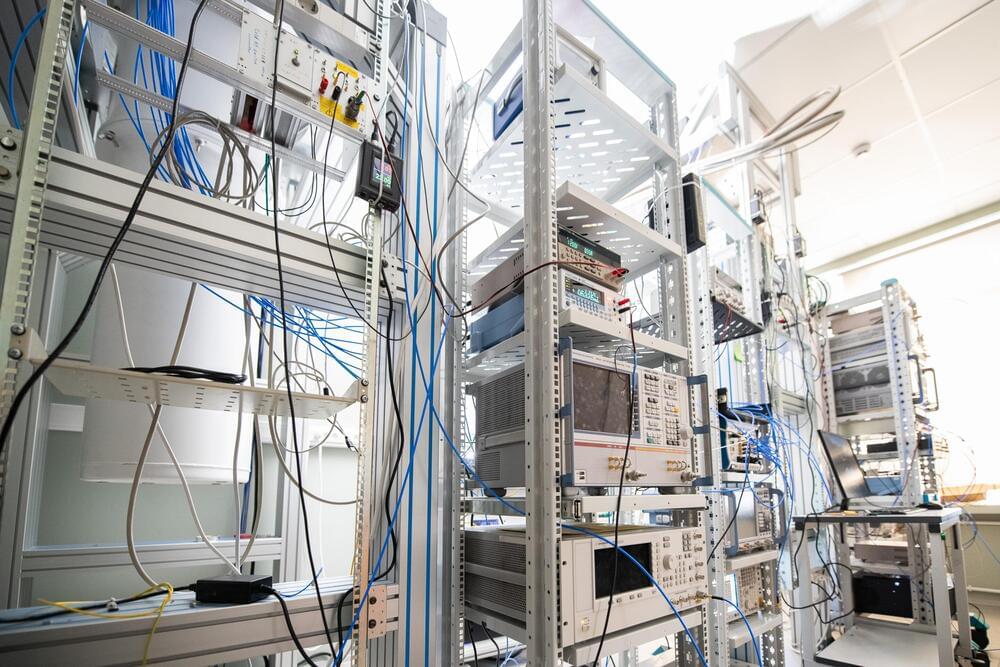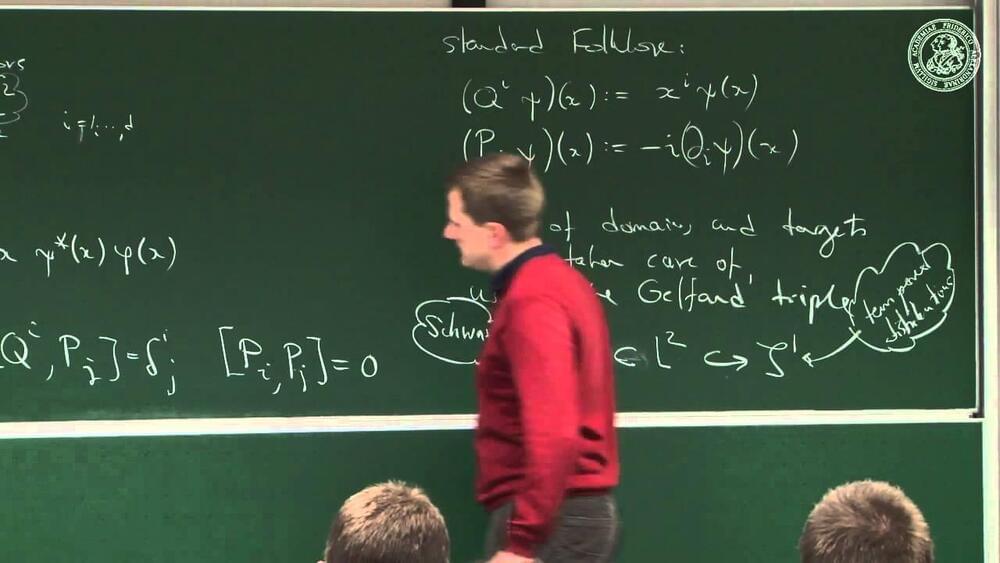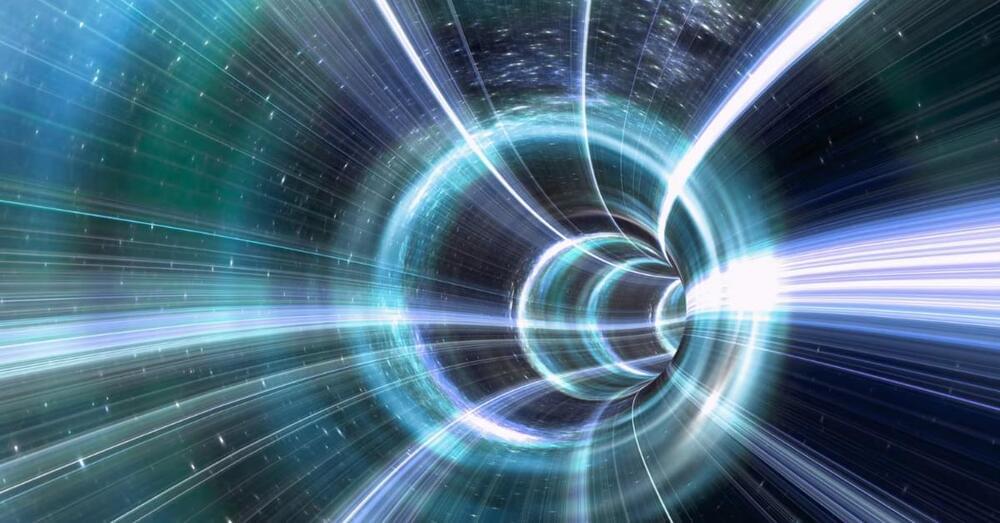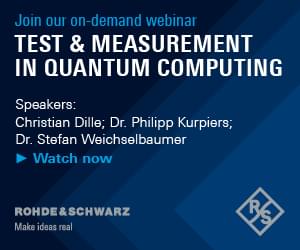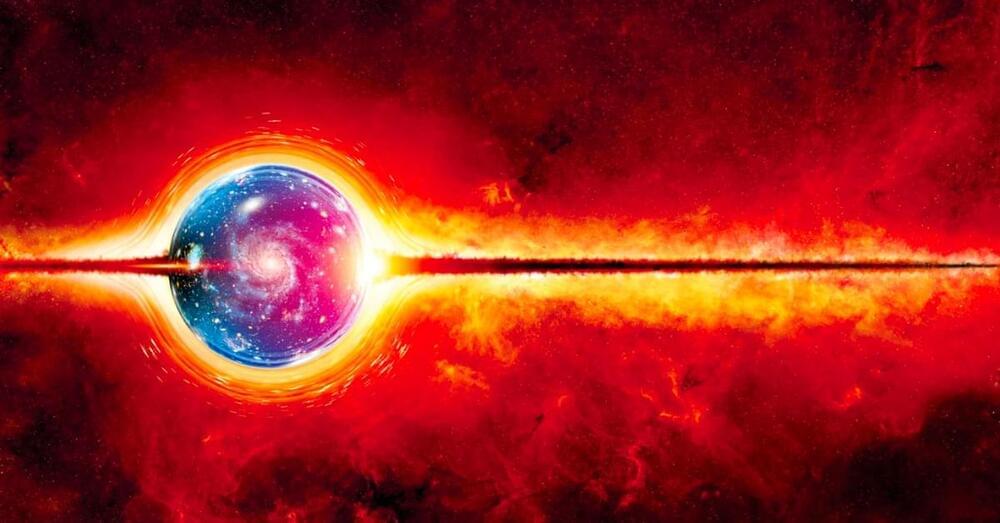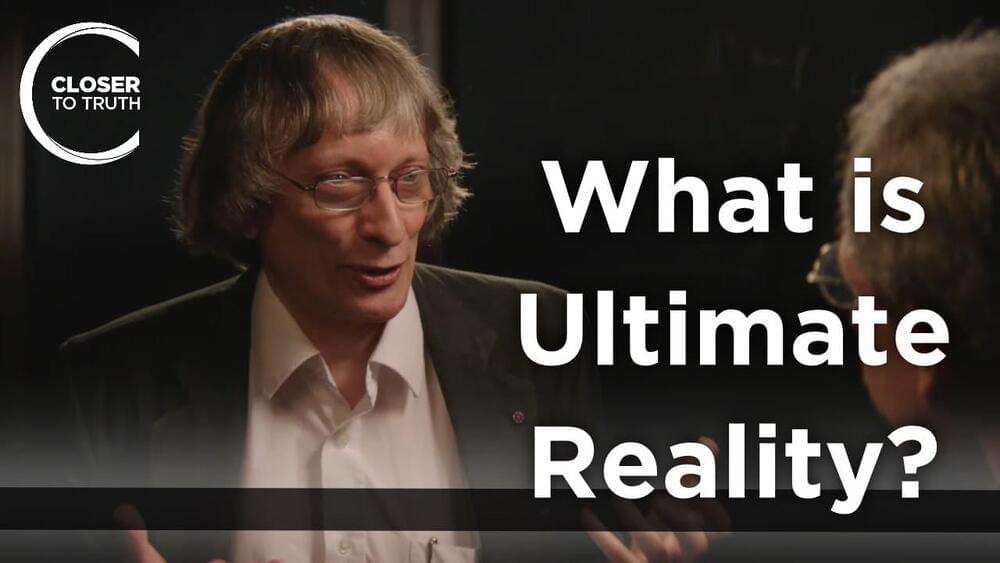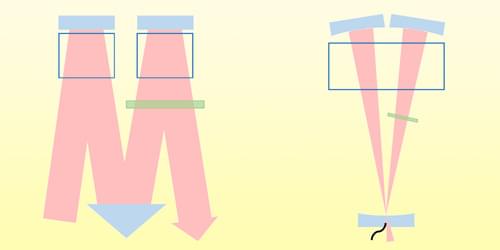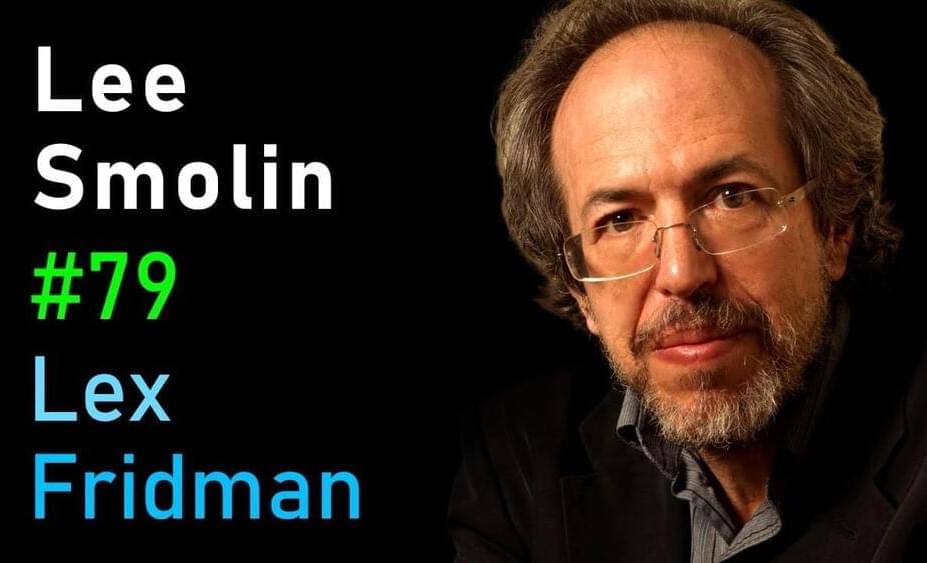Nov 26, 2022
A Boiling Cauldron: Cybersecurity Trends, Threats, And Predictions For 2023
Posted by Chuck Brooks in categories: cybercrime/malcode, information science, internet, quantum physics
By Chuck Brooks
There are many other interesting trends to look out for in 2023. These trends will include the expansion of use of a Software Bill of Materials (SBOM), the integration of more 5G networks to bring down latency of data delivery, more Deep Fakes being used for fraud, low code for citizen coding, more computing at the edge, and the development of initial stages of the implementation of quantum technologies and algorithms.
When all is said and done, 2023 will face a boiling concoction of new and old cyber-threats. It will be an especially challenging year for all those involved trying to protect their data and for geopolitical stability.
Continue reading “A Boiling Cauldron: Cybersecurity Trends, Threats, And Predictions For 2023” »
